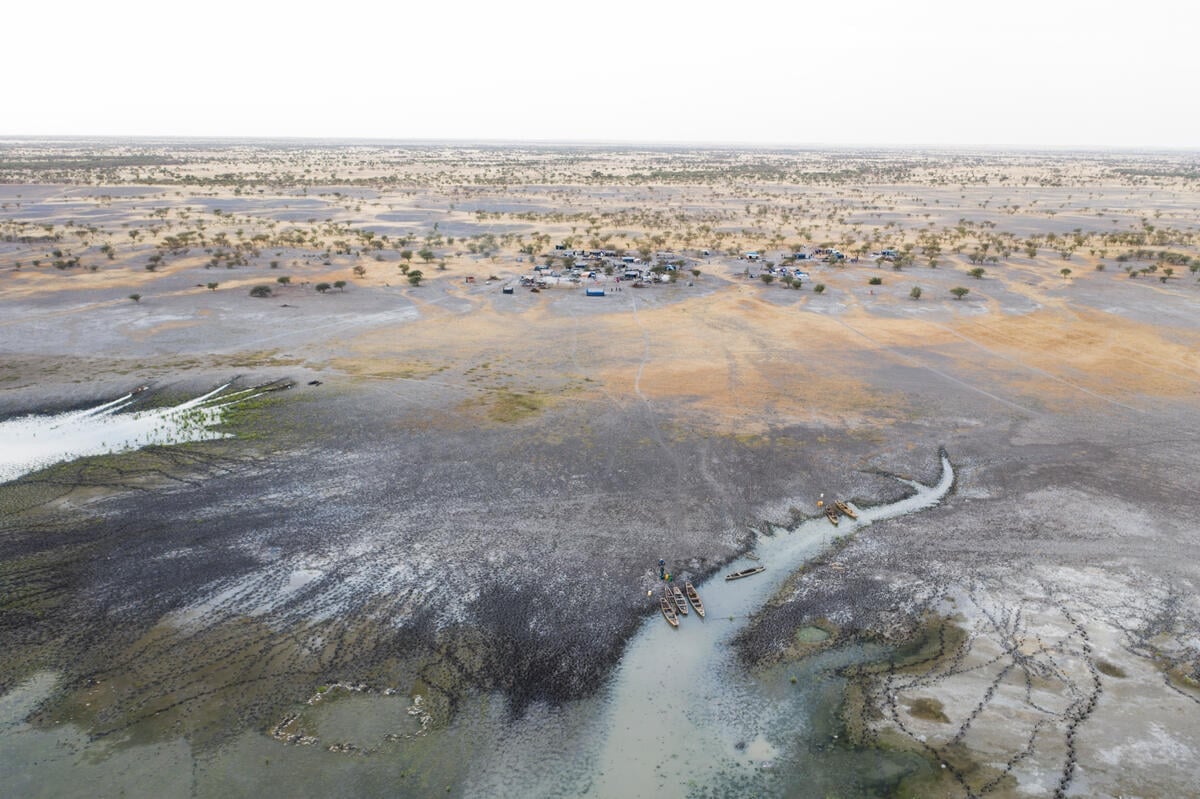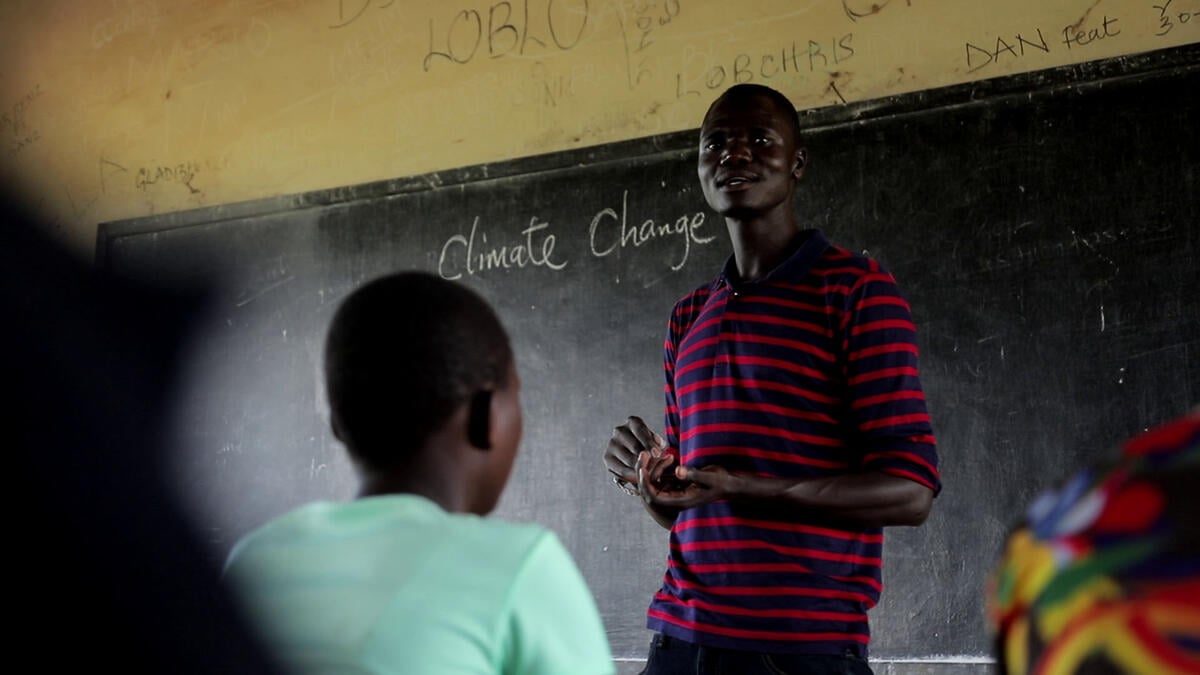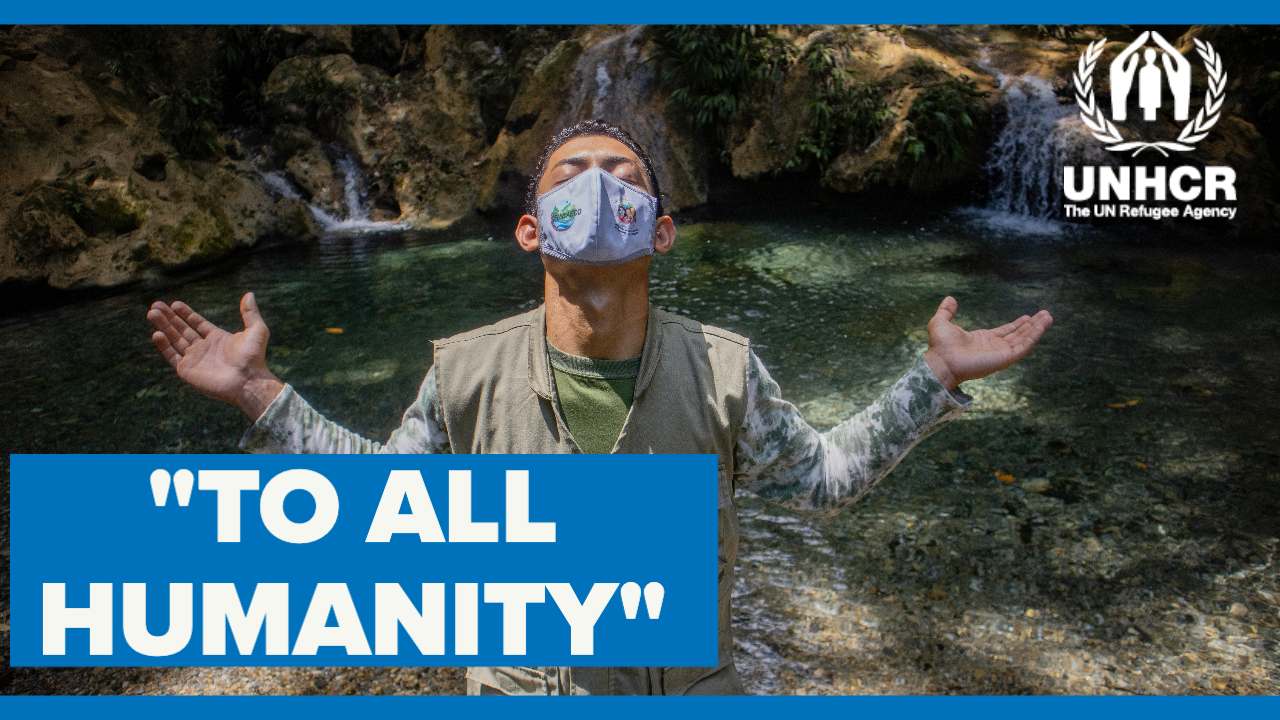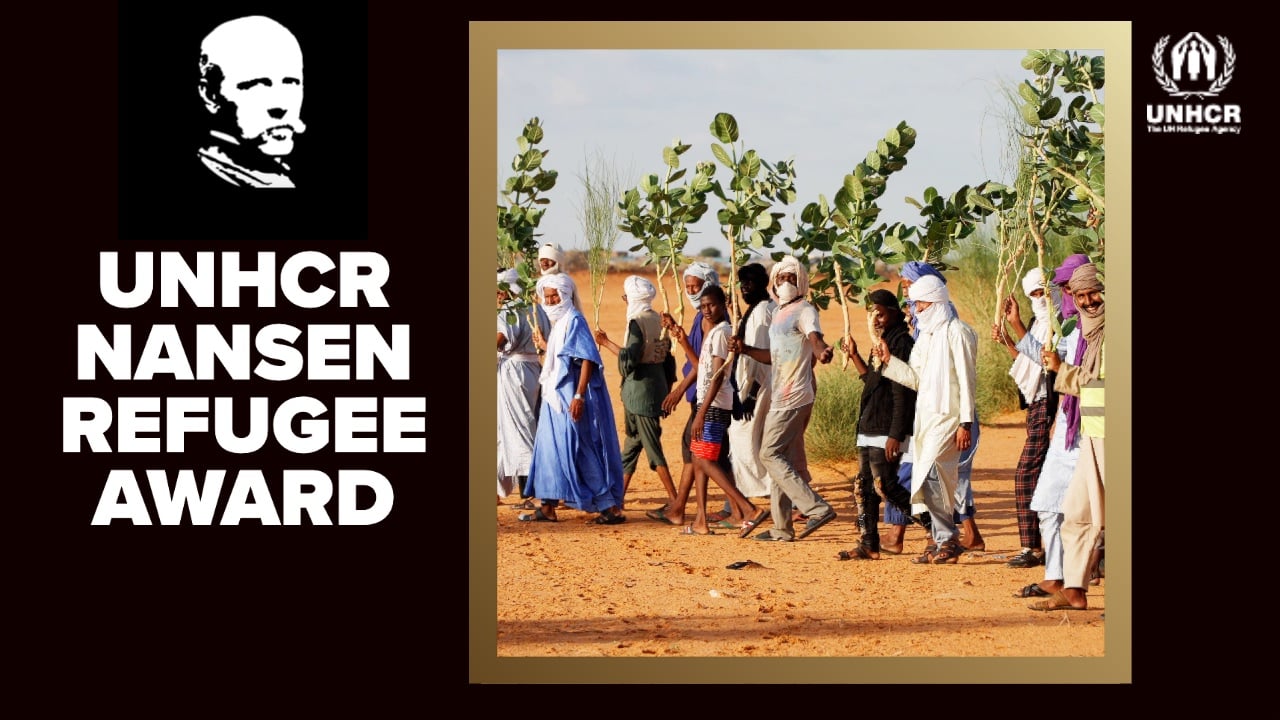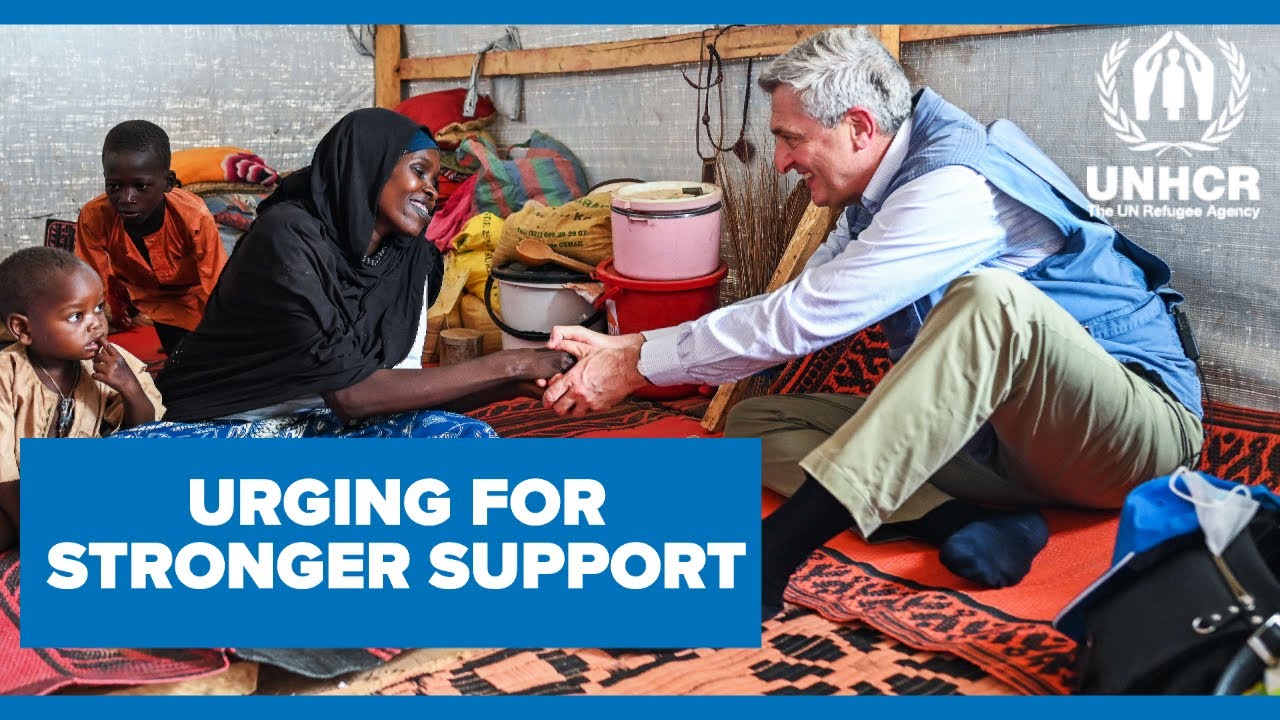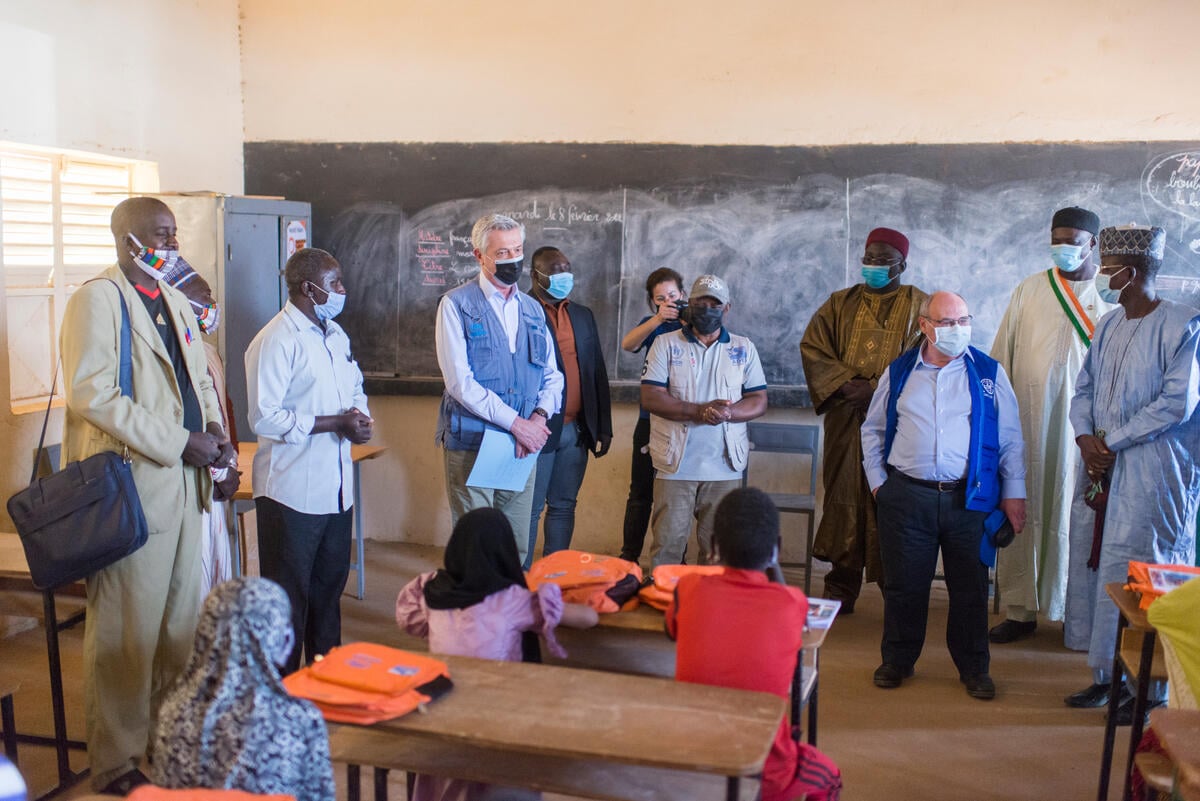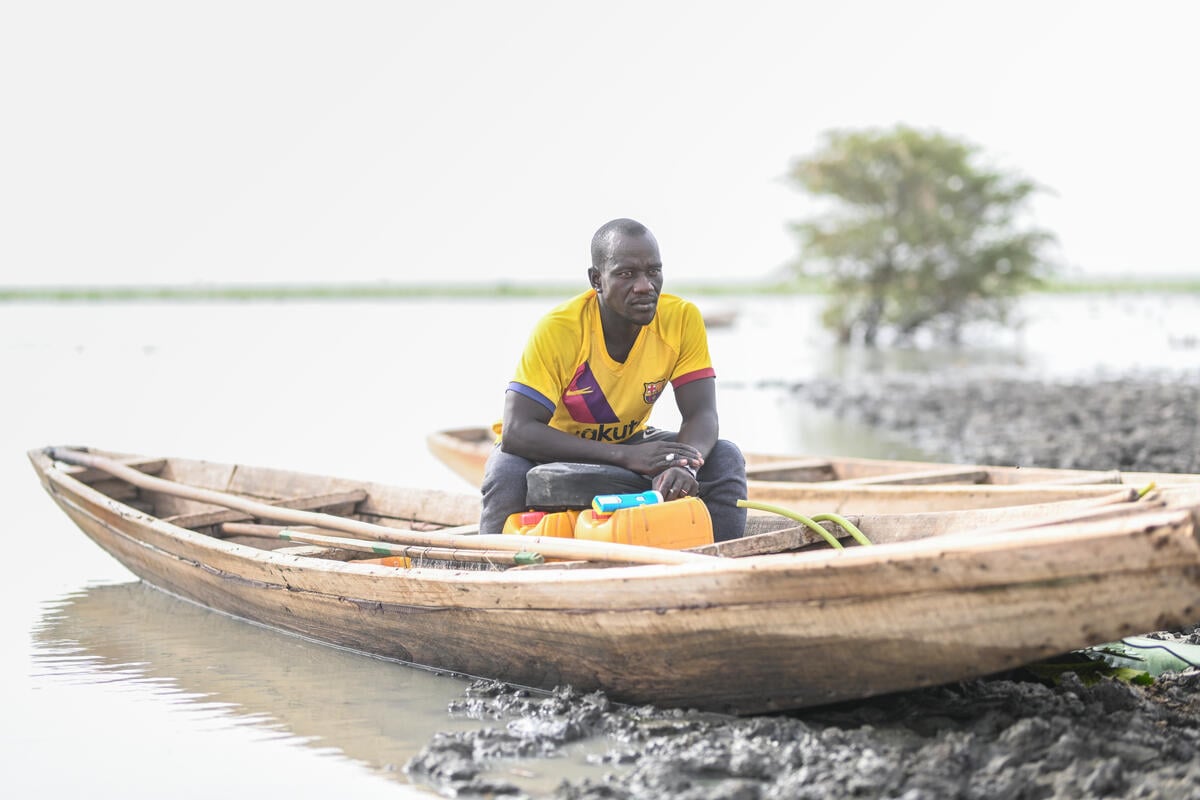Feature: Green projects bear fruit for Kenyan refugee camp
Feature: Green projects bear fruit for Kenyan refugee camp

DADAAB, Kenya (UNHCR) - Sitting in a small compound of mud-brick houses, and shacks made of shrub branches and plastic, 24-year-old Adey Hillow may not look much like a trend-setter, but she is actually at the cutting edge of some innovative technology. The wood-box solar cooker she is using to prepare lunch for her husband, infant and three other relatives holds the promise of saving forests by using simple sunlight - instead of scarce firewood - to prepare traditional African meals.
Hillow, a Kenyan of Somali origin who lives just outside the Dadaab complex of refugee camps run by the UN refugee agency, has been using the solar cooker for almost a year under a pilot project in and around the camps run for UNHCR by the non-governmental organisation (NGO), GTZ (Deutsche Gesellschaft für Technische Zusammenarbeit).
The solar cookers are part of GTZ's efforts to minimise and even reverse environmental degradation, a priority of UNHCR for the last decade - because huge influxes of refugees can wreak ecological havoc, and also because people may become refugees when their environment becomes exhausted.
Hillow received one of about 190 solar cookers distributed last year to refugees and local residents around Dadaab in north-eastern Kenya as a reward for planting and successfully nurturing 10 seedlings near each of their homes.
"The solar cooker works well," says Hillow. "I can cook rice, meat, almost any food in it. I would recommend it to other women."
Trans World Radio, the Kenyan branch of an international Christian broadcasting organisation, supplies the parts for the cookers to be assembled in Dadaab. The cooker works like a greenhouse, absorbing light rays on black surfaces, transforming the light into heat and storing it effectively.
About the size of a small suitcase, the cooker is made of wood lined with tin. A black metal pot containing the food is placed inside, on top of small uniform strips of wood to help ensure even heat distribution. A clear glass top is lowered and locked; temperatures inside can rise to 160° Celsius. Cooking time is longer than with an open fire, but Hillow does not see this as a disadvantage.
"In the morning, you set your food in, lock it and leave it for a few hours, then it's ready," she says, adding that it frees her to do other work in the interval. A bonus is that the cooker cuts down the use of precious water.
"These stoves have become prestige items among the refugees and local residents," says Abdi Mohammed, field programme co-ordinator for GTZ in Dadaab. That sometimes means families are keener to acquire the stoves than to actually use them, but Mohammed says usage is increasing as well.
"They are starting to understand it's a way to save money," he adds. For refugees especially, "firewood is really a scarce commodity, so they can use this cooker instead of going out to collect firewood or selling some of their rations" to buy firewood.
With as many as 20-24 days of sunshine a month in the Dadaab area, the solar cookers can be a valuable replacement for firewood for many lunches when the sun is high overhead. Ahmed Sheikh, UNHCR's environmental officer in Dadaab, says the stoves could provide as much as 20 percent of a family's energy needs in a month.
The UN refugee agency and NGOs have long been looking for energy-efficient stoves to replace the wasteful open fires that most refugees cook their meals on. Although progress has been slow, experts say many stoves can save as much as 60-70 percent of a family's energy needs.
In addition to the solar cookers, GTZ is experimenting with a variety of energy-efficient stone and clay stoves based on traditional designs. The German NGO holds impressive demonstrations to show refugees that one of these stoves can cook just as well with only two kilogrammes of firewood as does an open fire consuming five kilogrammes of wood.

UNHCR provides refugees with dead wood collected outside the camps. This firewood is intended to last each family half a month, limiting their uncontrolled collection and possible conflict with local residents.
In addition, GTZ is taking a long-term view of wood in the three camps that house almost 136,000 refugees, largely Somalis. It is encouraging refugees and local residents to plant seedlings grown in a local nursery. On a scorching day, the nursery is a cool, welcoming place that easily demonstrates the value of good tree cover.
The UN refugee agency and its partners have not only planted 400 hectares of greenbelt in Dadaab, they have also educated refugees and locals on the value of conservation and tree planting. "We educate refugees on the benefits of the trees as windbreaks and shade, as well as shelter and building material after three or four years," says GTZ's Mohammed.
Sheikh agrees that "it's important for UNHCR to take some measures to replenish the resources that are used and depleted by the refugees".
Both the firewood project and the planting of seedlings have helped improve relations between the local community and refugees. "The local community has become more friendly to the refugees because they see that the environment is not being degraded," says Mohammed. "The conflicts that used to exist between refugees and the local community have substantially subsided."
In yet one more effort to increase the greenery in refugee camps (as well as provide a more varied diet), GTZ is encouraging refugees to grow multi-tiered gardens using nothing more complicated than recycled burlap bags, old tin cans, stones and waste water. Packed with only a small amount of soil, these vertical gardens can grow several levels of vegetables that provide valuable micro-nutrients.
The simple gardens have won an unexpected fan. Daisy Buruku, administrator of the three camps at Dadaab, has nearly 10 of them around her own house in the UNHCR Dadaab compound. She grows tomatoes, cabbages, eggplants, kale and other vegetables. "It's perfect for one person," she says. "You always have fresh vegetables and you're improving the environment."
By Kitty McKinsey
UNHCR Regional Office in Nairobi, Kenya


